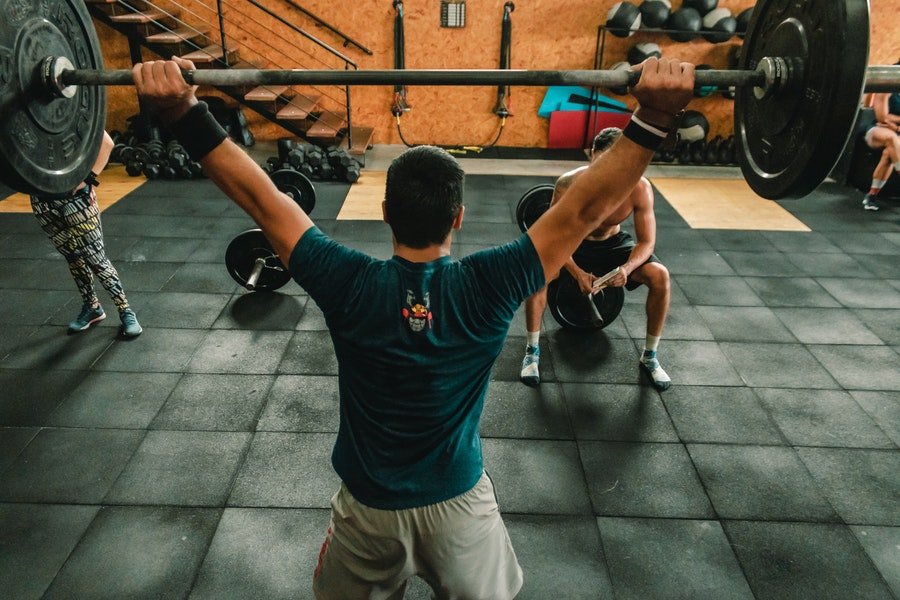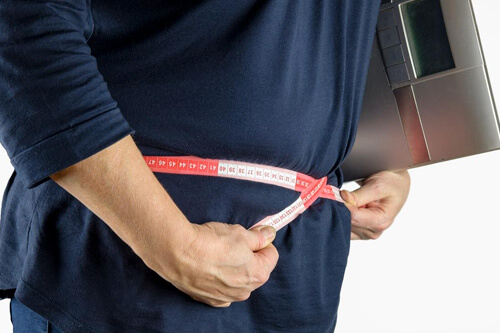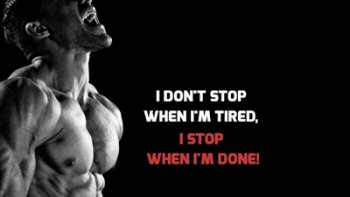Before you try to shed pounds, take a closer look at your eating habits. That’s because many weight-loss “tips and tricks” put forth by popular dietitians, news articles and other sources aren’t backed by scientific evidence.
Let’s take heed of the following mistakes people commonly make when trying to shed pounds.
1. Focusing on weight, not health
Many popular diets, like the low-fat diets promoted in the 1980s, focus on what you shouldn’t eat, not what you should. But weight loss isn’t just about what you can or can’t eat — it’s about what foods you should eat. Choosing foods that are as nutrient-dense as possible is crucial, and eating plenty of fresh produce, lean protein and healthy fats. When you choose nutrient-dense foods, you should also opt for lower-fat options.

The right weight-loss diet should have a mix of lean proteins, whole grains, fruits, vegetables and healthy fats. Doing so will help you lose weight by controlling your appetite, keeping your blood sugar in check, and reducing inflammation. You also won’t consume as many calories as when you eat more food. In addition, eating a wide variety of healthy foods will keep you full and satisfied, which will keep you from overeating.
2. Eating processed and packaged foods
Even though so-called “light” and “low-fat” foods may appear healthier options, they’re not necessarily more nutrient-dense. Although low-fat may sound like a good thing, often, fat-free foods are low in nutrients and much higher in calories.

Eating & Exercising: How To Maximize Your Workouts
The most important part of changing your body, no matter if you want to build muscle or lose weight, is your diet ▶︎ it can be perfect, but without working out, you won’t really see much progress.
3. Not exercising
Walking around the block each day is a great way to stay trim. And a daily 30-minute aerobic workout is ideal. That’s because walking is such a low-impact activity that it is safe to do almost anywhere. In addition, walking at a moderate pace will give your body the cardiovascular exercise it needs, which will help burn calories and increase your metabolism. A moderate workout will also keep your body in balance.
Walking isn’t the only activity you can do for weight loss. You can also perform resistance training to help burn more calories and build muscle. Or you can do high-intensity interval training, which involves brief bursts of intense exercise followed by a short rest period. It’s a great way to burn calories in a short amount of time.
4. Skipping breakfast
Eating the right amount in the morning is crucial for your weight-loss goals. Skipping breakfast, however, is not a smart weight-loss strategy. There is scientific evidence to back up this belief. Eating breakfast has significantly improved weight loss combined with portion control and a healthy diet. People who eat breakfast regularly lose weight faster than those who do not.
5. Drinking too much alcohol
Some types of alcohol are more harmful than others, and too much alcohol can lead to weight gain. So the best thing to do is drink responsibly — or not at all — and enjoy a glass of wine or two, but don’t overdo it. Alcohol can cause stomach aches and increased feelings of hunger. It will also slow down your metabolism.
6. Consuming too many calories
Calorie intake is a common reason people gain weight. However, keep in mind that one or two pounds of fat is one pound of weight, so if you want to lose weight, you must consume fewer calories than you take in.
The only way to do that is to decrease the number of calories you eat. But you also must increase the number of calories you burn during exercise. This two-step approach is the best way to lose weight.
7. Binge-eating
Feeling bored or stressed can lead to overeating. To avoid overeating, you should try to stick to a regular meal schedule. Make sure you eat regularly and keep a food journal to help you stay on track.

Overeating Vs Binge Eating Disorders: What’s The Difference?
Eating disorders usually involve distressing emotions related to consuming food, obsession with calorie counting, and how food affects one’s body weight and shape
8. Not limiting refined carbohydrates
Refined carbohydrates can be stored as fat and contribute to excess fat storage. Refined carbs are found in white flour, pasta and other processed foods that you buy in the grocery store. These foods are high in carbohydrates but low in nutrients.
9. Missing meals
Meal frequency is essential. Eating three to four small, nutritious meals each day is a better way to achieve your weight-loss goals than eating many small, calorie-dense meals that contain few nutrients. You should take a minimum of 500 calories per day in carbohydrate foods and 1,200 calories per day in protein foods.
10. Avoiding certain foods
Weight loss does not mean you can eat whatever you want. It also doesn’t mean you can’t have treats. But it is essential to avoid foods high in sugar and carbohydrates. And limit your consumption of sugary foods and foods high in fat. For example, some experts recommend eating fruit for dessert, but there is evidence that low-fat fruit desserts are no better for your weight-loss goals than regular desserts.

10 Common Mistakes When Trying to Lose Weight
Weight loss is a lifelong process. The best way to lose weight is to make small changes to your lifestyle and to stick to them for the long haul. Before you try to shed pounds, take a closer look at your eating habits.
Conclusion
Weight loss is a lifelong process. The best way to lose weight is to make small changes to your lifestyle and to stick to them for the long haul.
However, if you struggle to lose weight, you might benefit from the help of a professional coach, like a certified weight-loss specialist. A weight-loss coach can motivate you, provide you with the support and tools you need, and take charge of your weight-loss plan.












